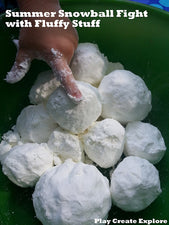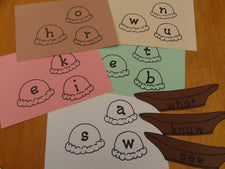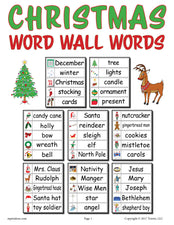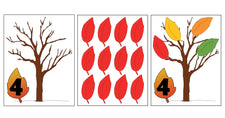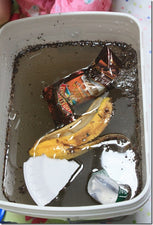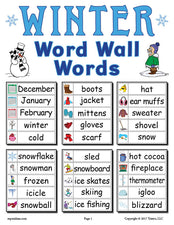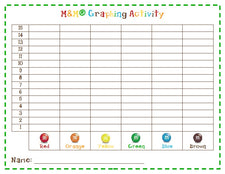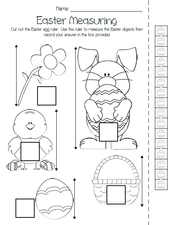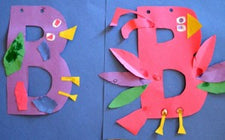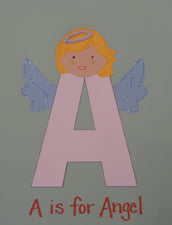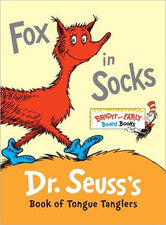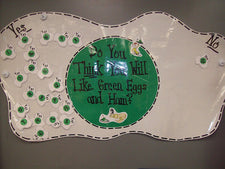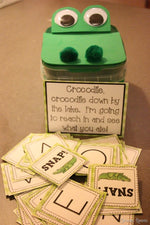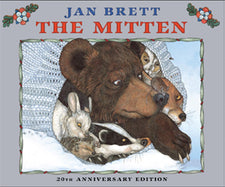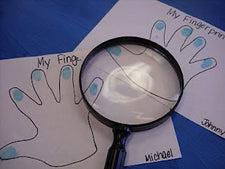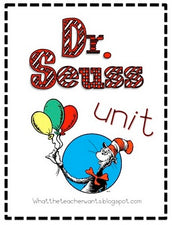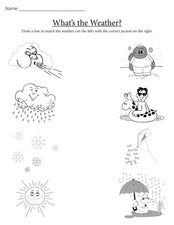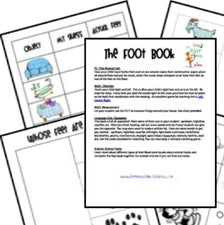Math In Your Daily Routine

R. Scott Wiley of Brick by Brick hits the nail on the head when he surmises, "...preschoolers and kindergartners are learning all types of things at the same time. They don't just focus on literacy at one time and math another time. They learn social skills, practical skills, emotional and coping skills, and reading and math skills all at the same time, balled up in their everyday play." What a concept! Detailed by Wiley in the course of his day at school, here are some math activities your students may be encountering during their daily routines (some obviously require a bit of intervention, while others will naturally flow during play!).
Sorting
- Name sorting. Set up an alphabet chart on a student desk or table and a small basket of student names printed onto card stock. Invite interested students to sort the name cards alphabetically.
- Animal sorting. Suggest (during your animal unit or after a field trip to the zoo) students build a classroom zoo using building blocks or recycled cardboard boxes and plastic zoo animals. Students will practice sorting the animals as they place the toys in their proper "habitats".
- Color sorting. Children's toys invariably come in a rainbow of colors - blocks, pretend play place settings, cars, and play necklaces, to name a few, all offer assorted color selections. As your students play, watch them. You might be surprised to find how much they experiment with color sorting (e.g. matching the yellow glass to the yellow plate and the orange glass to the orange plate as they set the table for "dinner", parking the red cars in one row and the blue cars in another, etc.).
Grouping
Provide interested students with letter cutouts and a handful of mismatched "markers". Invite them to practice "tracing" the letters with these markers then watch the fun begin! You'll be fascinated to find that some students, whether you've covered the topic or not, will begin grouping the markers by type. Wiley shows an example of this - when tracing the letter "P", one student grouped all of the small blocks together at one end and all of the bottle caps together at the other.
For more examples of math exploration in every day play, including counting, patterning, number writing, and more, be sure to visit Wiley's full post at Brick by Brick!
